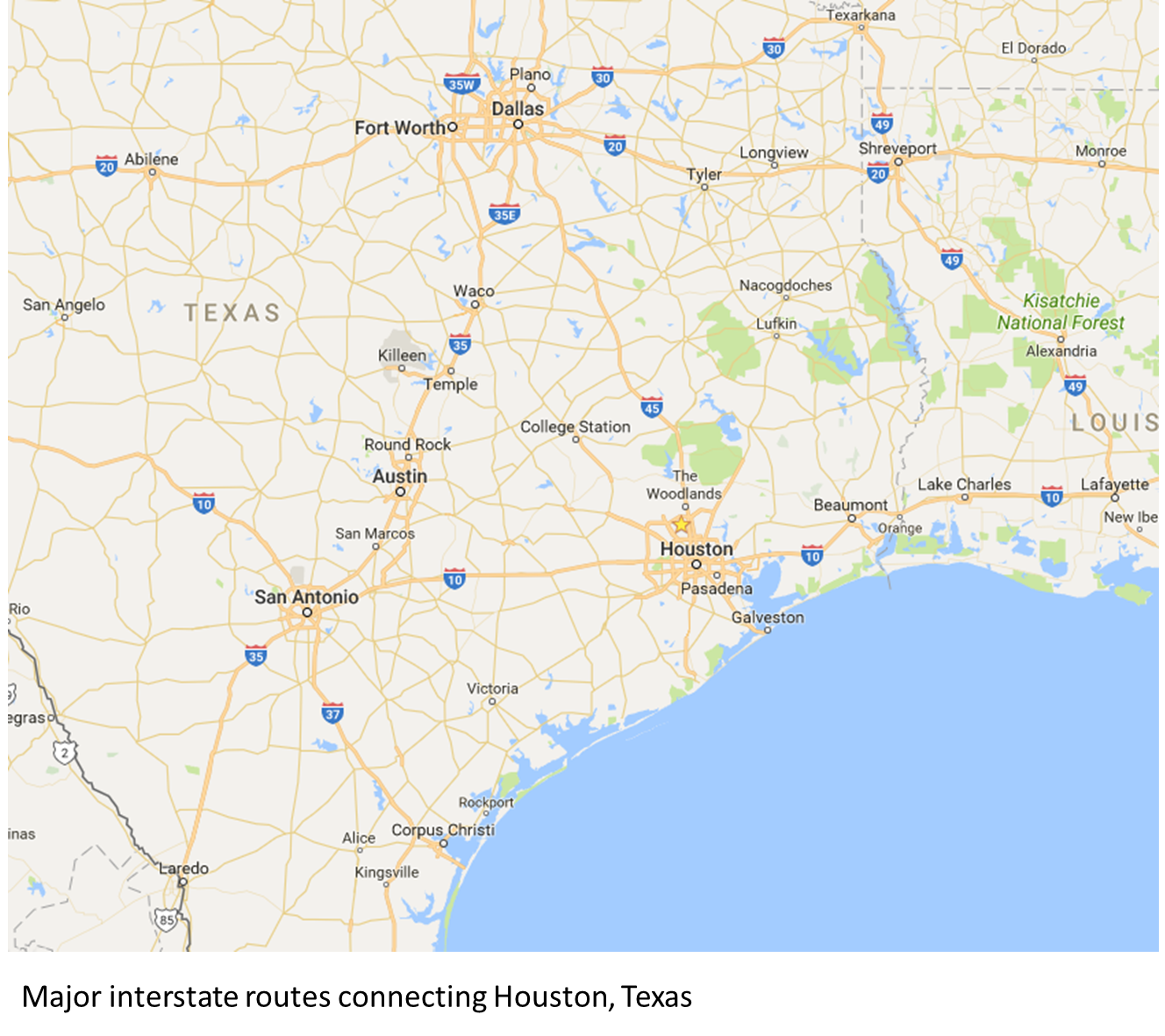Shipping and Logistics

ATRI: Hurricane Aftermath to Squeeze Truck Capacity
Written by Sandy Williams
September 14, 2017
Back-to-back hurricanes disrupted trucking in the South, and the effects are expected to linger as the region competes for truck capacity to rebuild damaged homes and infrastructure.
The American Transportation Research Institute uses GPS to track movement of over 700,000 trucks in the U.S. Hurricane Harvey hit international and east/west commerce hard as Houston is a key hub for transportation, said Dan Murray, vice president at ATRI. West of Houston and Corpus Christi is Laredo, Texas, a major border crossing for goods going to and from Mexico.
Truck carriers during Harvey sought to reroute shipments around the storm. ATRI saw trucks adding about 216 miles to their routes. At an average cost of $1.59 per mile, that comes to about $345 per truck per trip. Multiply that by 10,000 trucks per day and daily shipping costs shot up by $3.45 million.
Truck shipping in the Houston area is back to about 70 percent of normal. GPS analysis suggests that shipping facilities and terminals are not all fully operational, and trucks are still facing road closures and alternate routing.
The hurricane-ravaged region still has long-term infrastructure issues to deal with, said Murray.
The graphics below show the pings from truck locations that ATRI received before and during Hurricane Irma in Florida.
There was a major difference in the impact on trucking between Harvey and Irma, Murray noted. In the Houston area, alternative routes are available for shipments. For example, trucks expecting to use I-10 can reroute through Dallas and Shreveport. There is no such redundancy in Florida. Trucking activity fell from 100 percent to 16 percent during Irma. Murray is surprised the percentage was even that high. Some of the trucking activity can be attributed to relief efforts coming into the area. After pulling aid trucks out the equation, the percentage was even lower.
With the holidays coming up, consumer goods will compete for already limited trucking capacity as demand increases for housing and infrastructure rebuilding material in the hurricane-affected areas. Prices are likely to increase for shipping and consumers everywhere, at least in the short-term, Murray said.

Sandy Williams
Read more from Sandy WilliamsLatest in Shipping and Logistics

US Great Lakes iron ore cargoes down notably through May
The Lake Carriers' Association reported a considerable decline in monthly iron ore shipments from US ports on the Great Lakes.

Wittbecker: West Coast port congestion
What's going on in West Coast ports?

Wittbecker: Mexico invests in port capacity despite US tariff troubles
The Mexican government aims to transform Manzanillo into the largest seaport in Latin America, capable of processing some 10 million TEU (20-foot equivalent units) per year by 2030. It is already Mexico's largest port and the third largest in Latin America, handling nearly 4 million 20-foot containers in 2024.

Wittbecker on Aluminum: When do the tariffs reach Main Street?
Containers sailing from China in April are down 15%-20% and Hapag Lloyd says their future bookings transpacific are down 30%.

Wittbecker on Aluminum: US-China trade war clobbers cross-Pacific trade
Container shipping lines have sharply increased blank sailings on Transpacific routes in response to escalating trade tensions between the US and China.

